
5 Key Proteins to Boost Type 3 & 4 Hair Health: Why Protein Is Essential for Your Curls and Coils
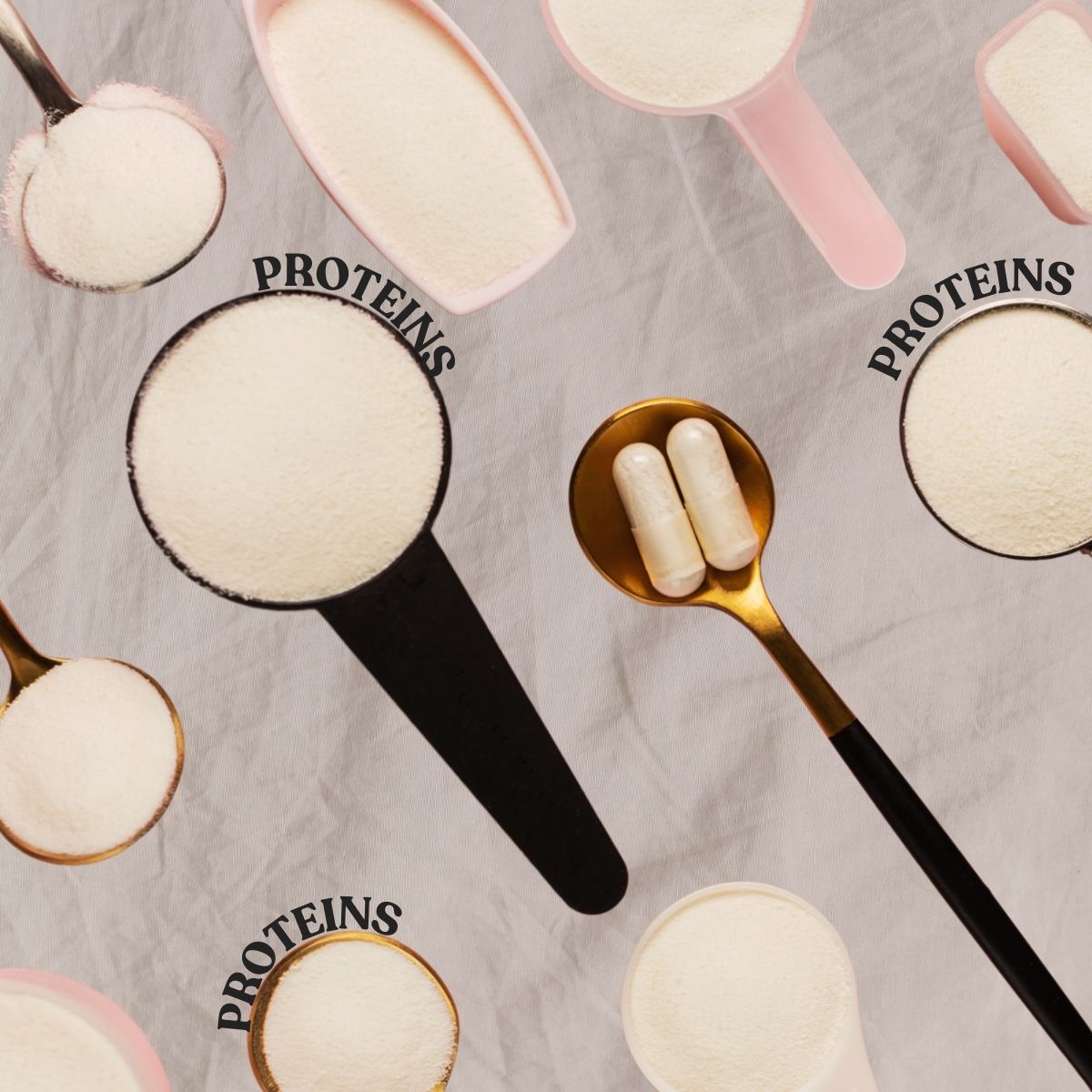
Does Type 3 & 4 Hair Need Protein?
For Type 3 (curly) and Type 4 (coily) hair, protein treatments are essential for maintaining strength, elasticity, and overall hair health. These hair types, particularly Type 4, are more susceptible to dryness, breakage, and damage because their structure makes it challenging for natural oils to travel down the hair shaft. Protein treatments help strengthen the hair by replenishing keratin, the key building block that maintains hair integrity. By filling in gaps in the hair cuticle, protein treatments repair damage and reinforce the hair's structure.
However, it’s important to use protein treatments in moderation and balance them with moisture. Overuse can lead to stiffness, so incorporating protein treatments into your routine based on your hair’s needs will help maintain strength and vitality without compromising softness and flexibility.0
Top Proteins for Type 3 and Type 4 Hair
1. Hydrolyzed Keratin
Benefits: Hydrolyzed keratin is a protein derived from the structural protein found in hair, nails, and skin. It’s broken down into smaller molecules that can easily penetrate the hair shaft, helping to repair and strengthen hair from within.
It restores lost keratin in the hair, making it stronger, smoother, and less prone to breakage.
Ideal for: Reviving damaged, color-treated, or chemically processed hair.
How to Use: Look for leave-in conditioners, masks, or shampoos that contain hydrolyzed keratin. Use them as directed, typically once a week or bi-weekly, depending on your hair's needs.
2. Hydrolyzed Wheat Protein
Benefits: Hydrolyzed wheat protein enhances the hair’s ability to retain moisture, adds volume, and improves elasticity. It is particularly beneficial for strengthening hair and making it more manageable.
It helps in reducing breakage, tangles, and frizz, which are common issues for Type 3 and 4 hair.
How to Use: Incorporate deep conditioning masks or treatments that contain hydrolyzed wheat protein. Apply them after shampooing, leave on for 15-30 minutes, and rinse thoroughly.
3. Silk Protein (Hydrolyzed Silk)
Benefits: Silk protein is known for its ability to form a protective barrier around the hair, locking in moisture and improving hair’s elasticity and smoothness.
It gives hair a soft, silky feel and adds shine, making it a great option for enhancing the natural texture of curly and coily hair.
How to Use: Use conditioners, leave-in treatments, or serums with hydrolyzed silk protein. These can be used more frequently, as silk protein is lightweight and won’t weigh down the hair.
4. Collagen Protein
Benefits: Collagen is a structural protein that enhances the elasticity and strength of the hair. It helps in fortifying the hair shaft, reducing breakage, and promoting healthy hair growth.
It's particularly useful for improving the appearance and feel of dry, brittle hair, common in Type 4 textures.
How to Use: Collagen Treatments: Look for hair masks or treatments with collagen or hydrolyzed collagen. Apply as a deep conditioning treatment once every 1-2 weeks.
5. Hydrolyzed Soy Protein
Benefits: Hydrolyzed soy protein increases hair's moisture retention and elasticity, making it more resilient against damage and breakage.
It’s particularly good for softening and smoothing hair, improving the overall texture of curly and coily hair types.
How to Use: Leave-In Conditioners: Use leave-in conditioners or styling creams that contain hydrolyzed soy protein. These products can help maintain moisture and strength throughout the week.
How to Incorporate Protein Treatments
1. Assess Your Hair's Protein Needs:
Signs You Need Protein: If your hair feels mushy, overly soft, or lacks elasticity (e.g., stretches a lot before snapping), it may need more protein.
Signs of Too Much Protein: If your hair feels stiff, dry, or straw-like, it may be overloaded with protein and require more moisture instead.
2. Frequency of Protein Treatments:
Type 3 Hair: Generally needs protein treatments once every 4-6 weeks, depending on the level of damage or dryness.
Type 4 Hair: Can benefit from protein treatments once every 6-8 weeks, or more frequently if the hair is chemically treated or very fragile.
3. Balance with Moisture:
Always follow up a protein treatment with a deep moisturising treatment. Protein strengthens the hair, but moisture is necessary to maintain elasticity and prevent brittleness.
4. DIY Protein Treatments:
Consider making DIY protein treatments using natural ingredients like eggs (which contain natural proteins) mixed with a moisturising agent like avocado or yogurt. Apply, leave on for 20-30 minutes, then rinse thoroughly.
Protein treatments are essential for maintaining the health and strength of Type 3 and Type 4 hair. By incorporating the right proteins—such as hydrolyzed keratin, wheat, silk, collagen, and soy proteins—into your hair care routine, you can help prevent breakage, enhance elasticity, and promote healthy hair growth. Remember to balance protein treatments with regular moisture to keep your curls and coils looking their best.




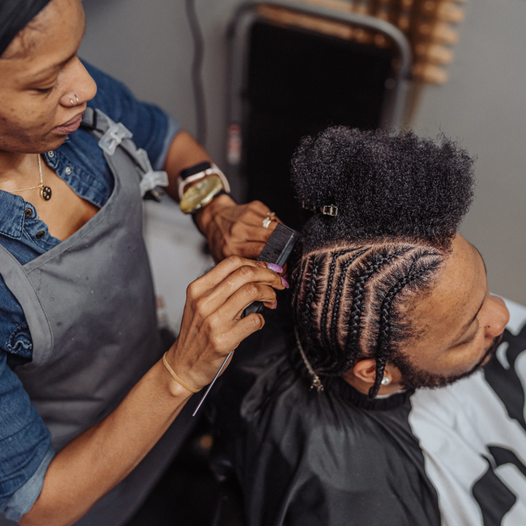
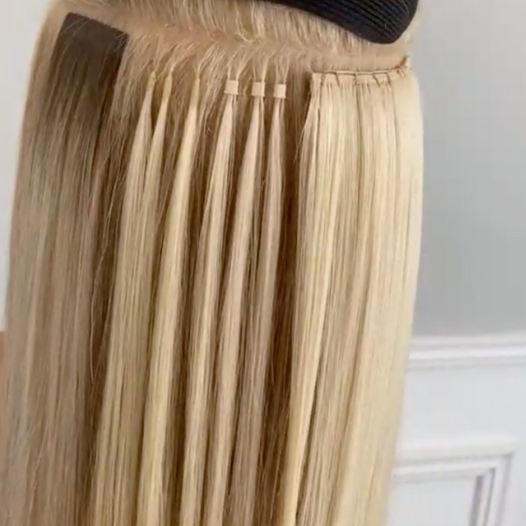
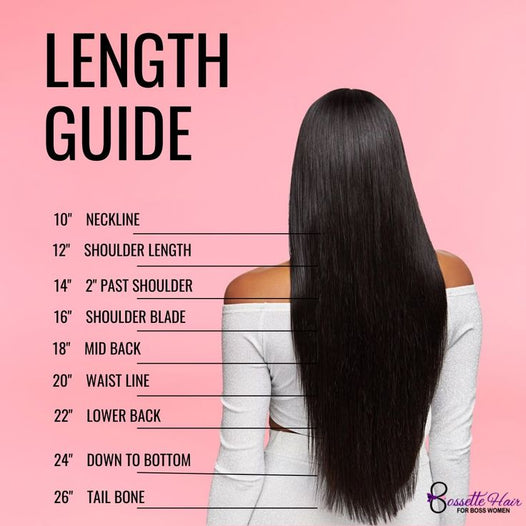
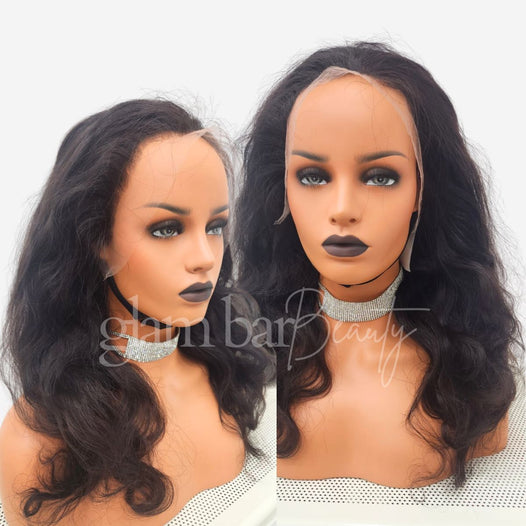
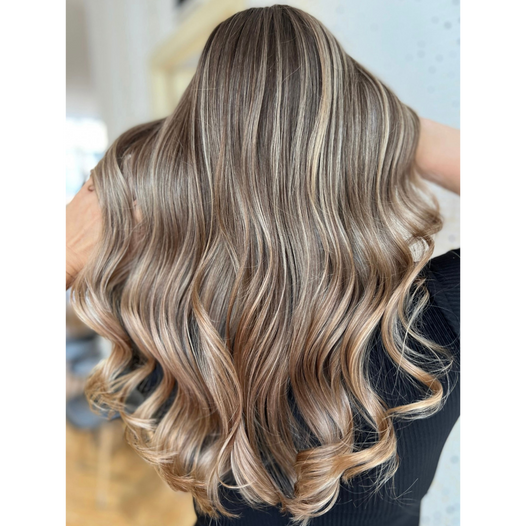
Leave a comment